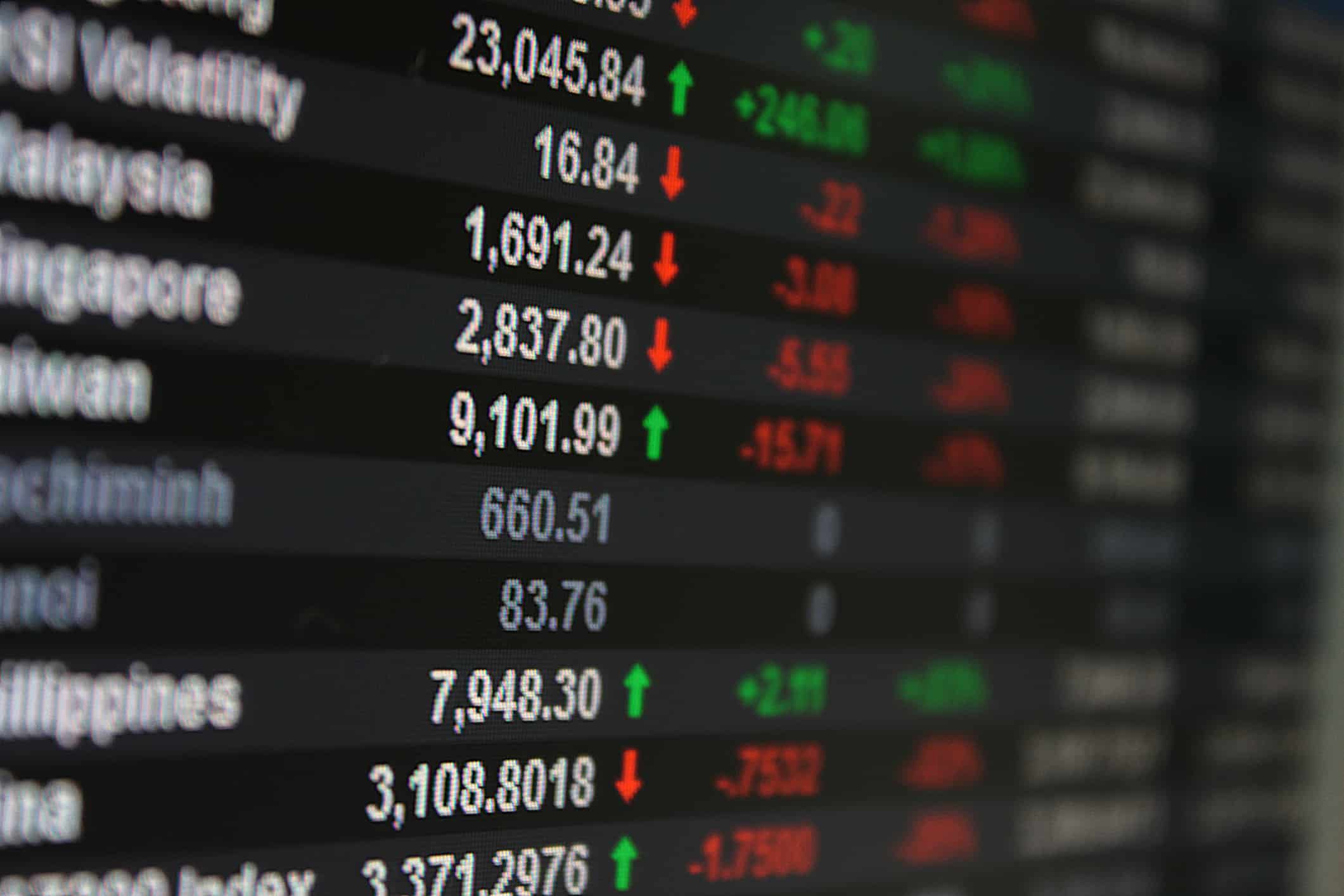Between the ongoing U.S-China trade war, concerns of a broader economic slowdown, and geopolitical strife in general, it seems an understatement to say many investors are hesitant to buy stocks with any kind of outsized reliance on China.
But for those willing to play a contrarian role, now might be the perfect time to do exactly that. To this end, here are three China stocks I think investors could do well to consider buying today.
The “Disney of China”
Considering it recently exceeded 100 million paying subscribers for its fast-growing video-streaming service — good for growth of 50% year over year — it’s no surprise iQiyi (NASDAQ: IQ) is often called the “Netflix of China” by investors. But even putting aside iQiyi’s enormous advertising business, which fellow Fool Simon Erickson recently noted still funds the entirety of its research, sales, and marketing expenses, iQiyi management has insisted its longer-term business model will look similar to that of an online version of Disney, with plans to build out a comprehensive ecosystem of entertainment content and IP, including literature, comics, novels, and online games.
At the same time, investors need to recognize that iQiyi must walk a fine line in creating content that appeases China’s often-strict regulators. And the stock is undoubtedly sensitive to any macroeconomic forces that threaten to slow the growth (and disposable income) of China’s rising middle class.
But as the company continues to build its membership base and enterprise value — and with the stock currently trading around 13% below its $18-per-share IPO price from early 2018 — I think investors who can entertain the idea of iQiyi significantly expanding its reach in the coming years would do well to consider opening or adding to a position now.
The “Amazon of China”
By contrast, shares of JD.com (NASDAQ: JD) have rallied more than 30% so far in 2019. Most recently, that rise was aided by a big post-earnings pop last month after the Chinese e-commerce leader (and so-called Amazon of China) swung to GAAP profitability and absolutely trounced its own guidance for revenue (up 18% to $21.9 billion) in the second quarter.
Much like Amazon here in the U.S. — and unlike marketplace sites like eBay stateside and its Chinese peer Alibaba — JD’s edge comes from its status as China’s largest direct e-commerce retailer, which stems from its conscious decision to hold its own inventory and invest heavily in its own delivery and logistics network. That strategy has meant slim profits for JD to date as it works to scale its business in the near term. But over the longer term, that scale should begin to more rapidly translate to steady market-share gains and — as Chinese consumers continue to shift their buying to online sources — enviable operating leverage with fatter margins.
As it stands, I think we’re still in the earliest stages of JD’s long-term growth story. As the benefits of its investments begin to yield more tangible fruit, I think its recent gains will prove to be only the start of a longer-term trend of consistently beating the market.
The future of electric vehicles
Finally, I’m well aware Tesla (NASDAQ: TSLA) isn’t a pure play on China, particularly considering the electric vehicle (EV) maker collected only 8% of its $22.8 billion in 2018 revenue from the Middle Kingdom.
But for perspective, when Tesla announced second-quarter results in late July, CEO Elon Musk said the company was on track to start Model 3 production by the end of 2019. Coincidentally — exactly nine months since Tesla broke ground on its Shanghai Gigafactory in January — on Monday industry watchers spotted what appeared to be the first made-in-China Tesla Model 3 driving on the facility’s test track.
Assuming all goes as planned, Tesla’s new Shanghai factory will boast an initial manufacturing capacity of 150,000 units per year, proving instrumental in not only reducing the cost of catering to China’s massive auto industry, but also ramping toward the company’s 2020 production target for 500,000 vehicles globally.
There are other moving parts involved in owning a piece of Tesla, of course, whether we’re talking about headwinds created by its record (but still apparently underwhelming) Q3 deliveries, scrutiny surrounding Tesla’s acquisition of SolarCity, or the market’s reaction to the widely anticipated unveiling of Tesla’s electric pickup truck in the coming weeks.
But I still think there are enough positive catalysts for Tesla to make my short list of top China stocks to buy now, if even in the form of a small starter position to keep tabs on its progress.









